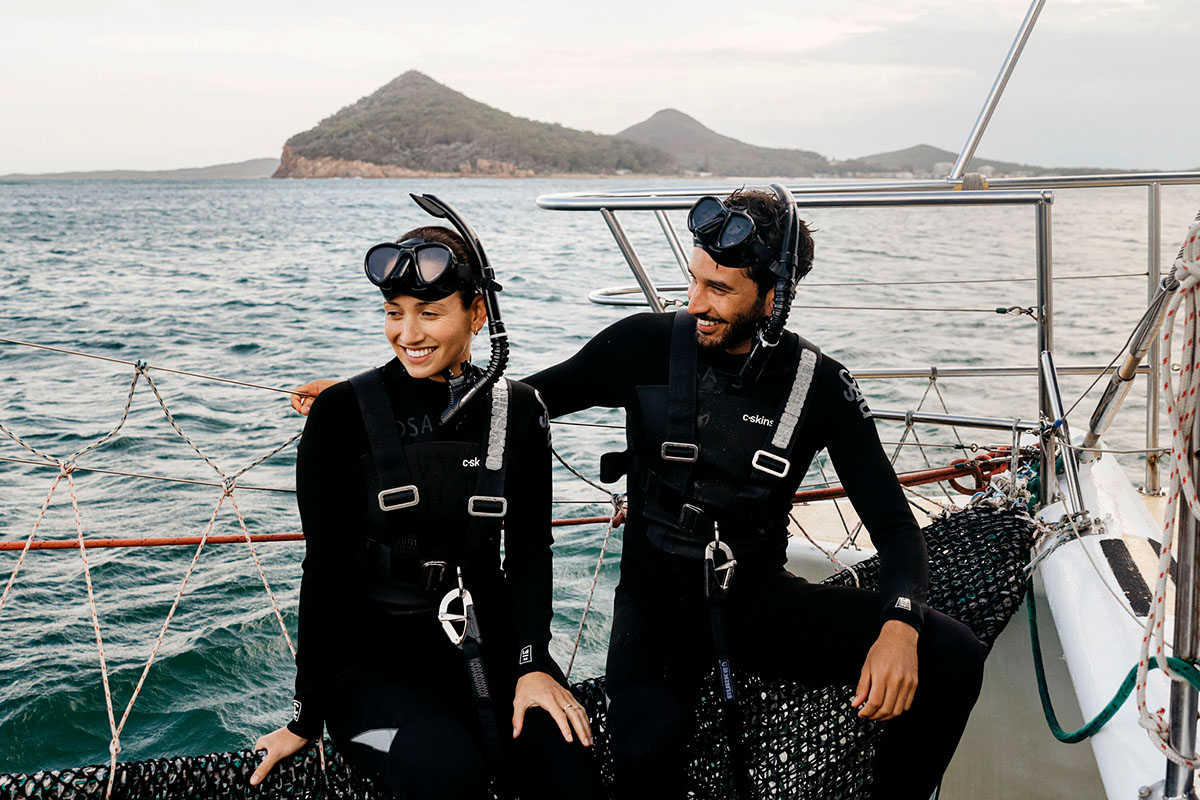Green spaces
A series of inter-connected coastal and active open spaces and national parks act as the lungs of the region. They help make the Hunter a destination for environmental and cultural tourism.
A green infrastructure network supports the natural environment. This sustains the region’s water supply, protects biodiversity, promotes community resilience and is integrated into building design.
In urban areas, green infrastructure and assets include:
- tree-lined streets, including road verges
- squares and plazas with trees, planting and water sensitive urban design
- private and semi-private gardens around apartment buildings, backyards, balconies, roof gardens
- regional parks, urban parks, open space reserves, formal gardens and community gardens
- river and creek corridors, cycleways and safe routes along road, rail, light rail corridors
- ovals, school and other institutional playing fields, and other major parks and golf courses
- green roofs and walls including roof gardens and living walls.
Read objective 3 (PDF, 48.4 MB) and objective 6 (PDF, 48.4 MB) of the regional plan to learn more.
Download the Hunter Regional Plan 2041 (PDF, 48.4 MB).
Biodiversity
The Hunter’s biodiversity assets provide clean air and water and natural resources.
The regional plan adopts a conservation planning approach to protect the most important habitat. This will maintain the viability of species and identify suitable areas for urban development.
The regional plan is a guide to identify offset areas suitable for biodiversity stewardship agreements. It also considers land for acquisition or transfer into public ownership, such as a new or extended public reserves.
Conservation planning requires a collaborative approach to biodiversity conservation planning, Working with councils and LALCs will benefit Aboriginal cultural heritage in all its forms.
The regional plan requires local strategic plans and planning proposals to:
- demonstrate how impact to areas of high environmental value will be avoided
- provide measures to mitigate impacts on biodiversity
- provide offsets where there are unavoidable impacts.
Hunter's biodiversity
Records more than:
- 483 native birds
- 189 native reptiles and amphibians
- 3,581 native plant species
- 131 native mammals
- 162,233 ha of rainforest
- 37,938 ha of wetlands
- 12 wetlands of national significance
- 283.5 km of coastline
Living in the Hunter
The Hunter’s population is projected to increase to nearly 950,000 people by 2041. This requires us to plan for more than 100,000 new homes.
Most of these new homes will be in the Lake Macquarie, Maitland and Newcastle LGAs.
Specifically, Charlestown, Broadmeadow, Kotara, Adamstown and Mayfield could be revitalised. This could mean higher residential densities in areas near public transport and open space.
We see other housing and urban renewal opportunities in Belmont, Central Maitland, East Maitland, Raymond Terrace, Toronto and Warners Bay.
Read objective 5 (PDF, 48.4 MB) of the regional plan to learn more.
15-minute neighbourhoods
The 15-minute neighbourhood focuses on walking, cycling and public transport networks. These networks help more people participate in and feel part of community life.
The regional plan considers how best to design new communities and retrofit low density residential areas into 15-minute neighbourhoods.
We can integrate nature into neighbourhoods to get more people outdoors while creating wildlife corridors and stormwater solutions.
Rather than separate zones for living, working, education, recreation and entertainment, mixed neighbourhoods mean people can generally access most everyday needs within a 15-minute walk or cycle from where they live.
Read objective 3 (PDF, 48.4 MB) of the regional plan to learn more.
